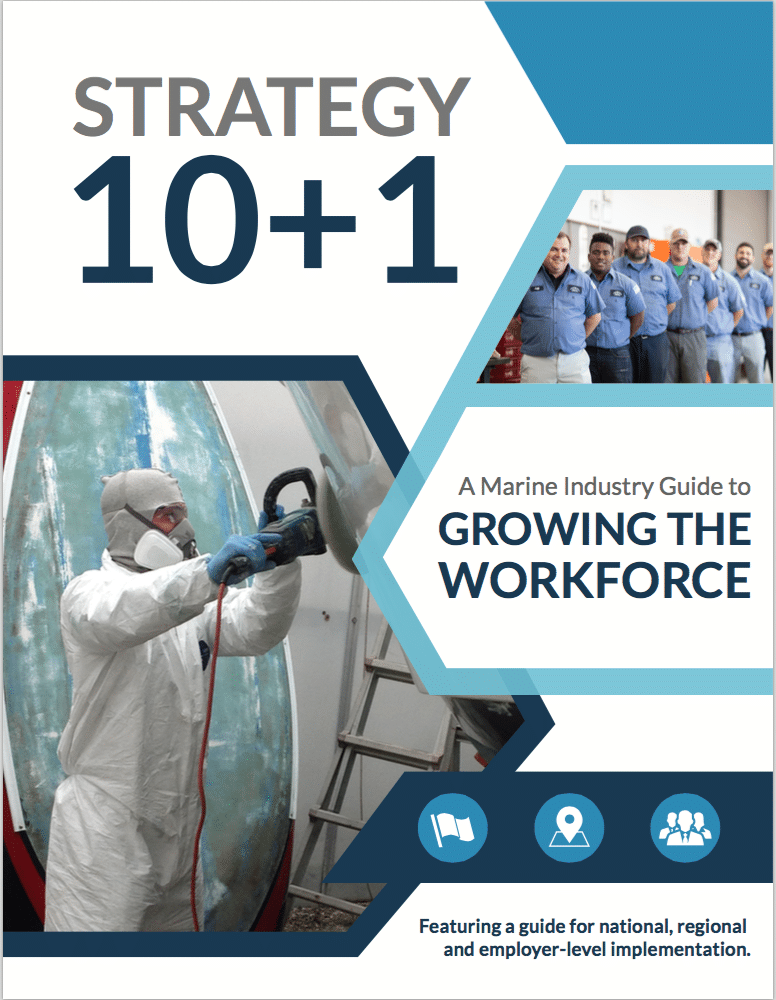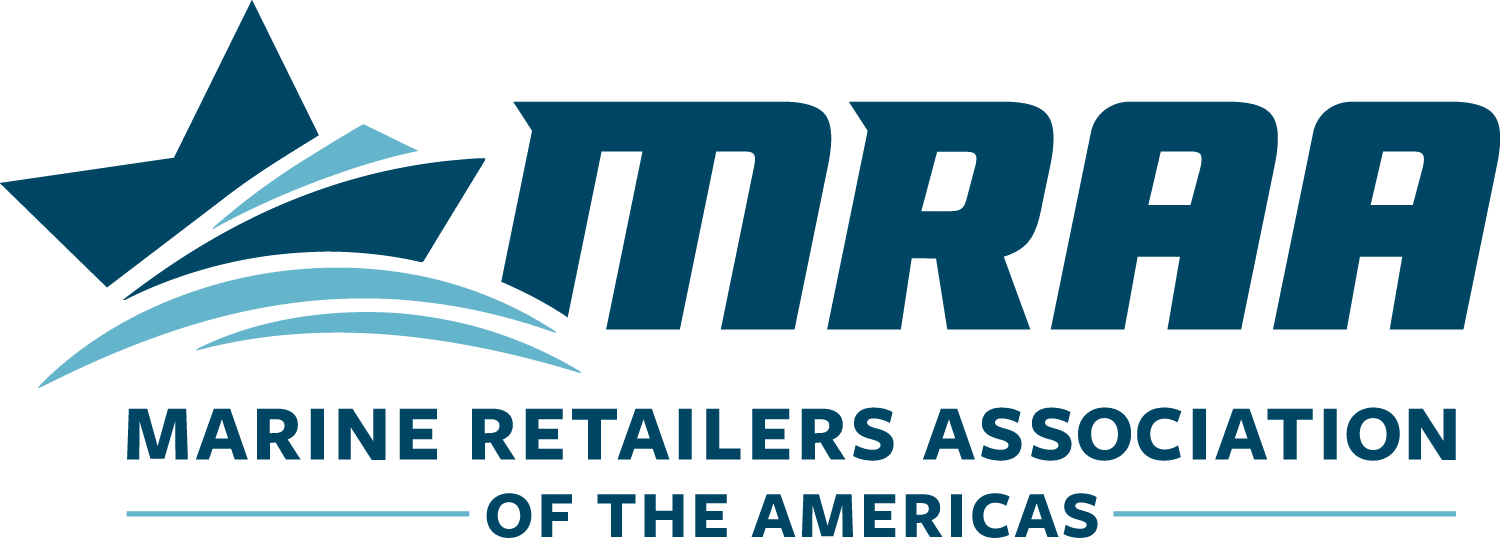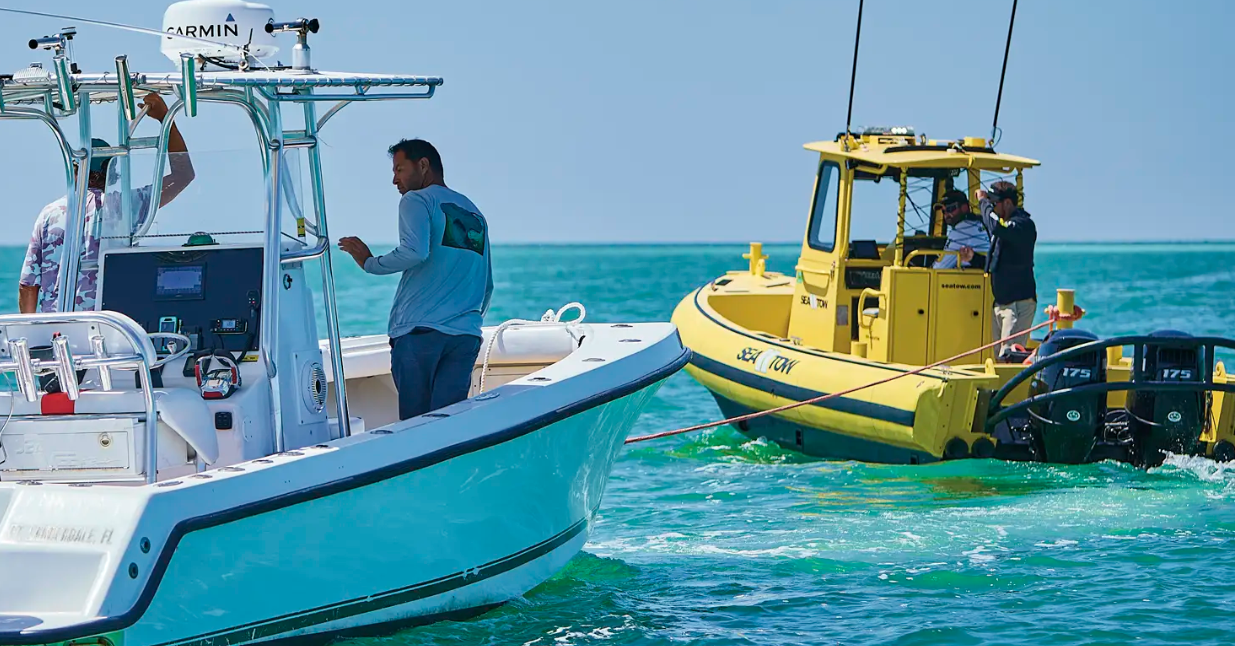By Chad Tokowicz, MRAA Government Relations Manager and Wendy Mackie, Director of Workforce & Foundation
Although you may be consumed by repair cycle times, a lack of inventory, or one of the many other woes of owning a small business, advocacy is integral to creating a strong selling environment and keeping your dealership staffed. While the MRAA advocacy team leads the way in this fight, our best outcomes often result from our ability to connect you and your voice to the people making legislative and regulatory decisions. Advocacy can take place in many forms; you can do it locally and at a state and federal level. These engagements will help you get the resources you need, whether it is workforce, conservation, or facilitating a better business environment. Knowing the right decision maker, how to have a conversation with them and your ability to highlight the impact your business has on the local economy will only help you achieve your desired results.
As the needs in the marine workforce continue to grow so will the importance of advocacy, and your voice will be a key component to getting decision makers to listen.
Quite simply: When MRAA members talk, decision makers listen.
Advocacy is most effective when we can communicate our situation and our proposed solutions clearly. You have firsthand experience and information about the way the workforce crisis is affecting you and your industry colleagues in your area. That makes you the advocacy expert.
According to a recent report released by Ernsi Burning Glass, “The Demographic Drought, Bridging the Gap in our Labor Force,” we can expect the current worker shortage to continue for the next 20 years. The report highlights that the workforce recruitment challenges we are facing in the boating industry are being felt across our country and globally in every industry.
Knowing that the workforce issues you are feeling are commonplace does not ease the pain, but it should provide the impetus for our industry to be strategic and organized in our advocacy approach. The boating industry has a leg up on the competition — our network of regional, state and national marine trade associations is strong and in regular communication. We also have a workforce plan — Strategy 10+1: A Marine Industry Guide to Growing the Workforce. This document addresses current workforce challenges by outlining 10 specific strategies intended to cultivate a unified approach toward building our workforce. It can also be used as the basis for speaking with your elected officials.

To start, we recommend the following:
1. Know your State Representatives and Member of Congress. Us the following helpful tool to identify them in your area: Find Your Legislators.
2. Establish a relationship with your Representatives. Good jobs are always of interest to elected officials. Invite your representatives to tour your facility to shake hands with their constituents and see good jobs in action. If you are uncomfortable with this idea, contact MRAA and/or your state or regional marine trades association to assist in facilitating a relationship or event.
3. Read the “Marine Industry Guide to Growing the Workforce” This workforce plan is written like a roadmap for employers to begin taking matters into their own hands. Strategy No. 9, Advocate for Funding, will greatly help you prepare for conversations with your lawmakers. If you have questions, email Wendy Mackie.
4. Connect with your Regional Marine Trade Association. State and regional associations lobby at the state level. It is equally important to advocate for your local workforce needs. State agencies and locally elected officials will likely be able to address your issues in the shorter term. Partnering with your local association to advocate for the industry will add power and a collective voice to your message.
Many regional and state Marine Trade Associations manage or support workforce programs. Inquire about ways that you can get involved with existing efforts or discuss ways that you can start your own. Working with them can be integral to addressing your staffing concerns.
5. Complete MRAA Surveys and connect with MRAA staff. The MRAA will distribute surveys that help us get a better understanding of how the workforce situation is unfolding in your dealership and gather the timely and relevant data that brings power to advocacy at all levels. Without your input, there is no data. Also, anytime you connect with MRAA Staff be sure to mention any workforce problems you are experiencing. We compile that information and look for trends and examples to use in our efforts.




